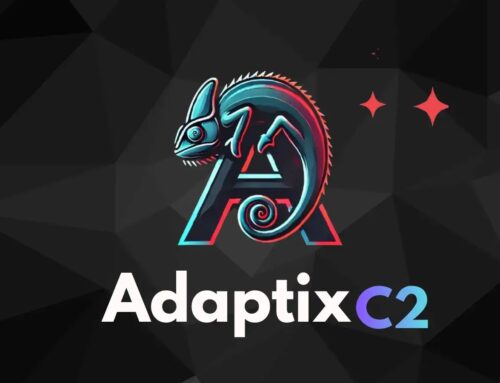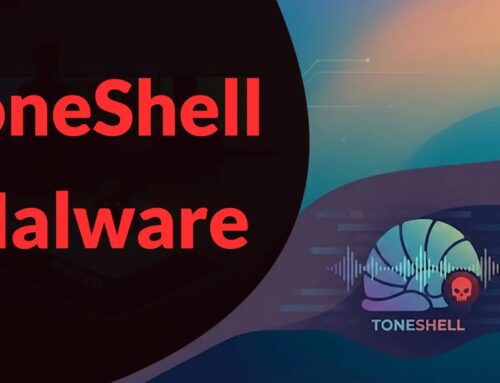
New Maranhão Stealer Via Pirated Software Leveraging Cloud-Hosted Platforms to Steal Login Credentials
Maranhão Stealer: Unmasking the Cloud-Hosted Threat Behind Pirated Software
The digital landscape continually presents new challenges, and a recently identified threat, the Maranhão Stealer, highlights the critical risks associated with unofficial software. Since May 2024, this novel credential stealer has actively targeted users of pirated gaming software, leveraging sophisticated distribution methods to compromise login credentials. Understanding its mechanisms and proactively implementing defensive strategies are paramount for safeguarding personal and organizational data.
The Genesis of Maranhão Stealer: A Deceptive Distribution Model
Maranhão Stealer primarily propagates through deceptive websites that meticulously mimic legitimate platforms offering cracked game launchers and cheats. Users seeking free or modified software often fall victim to these convincing facades. These sites host seemingly innocuous installers that, in reality, are trojanized packages designed to deliver the malware stealthily. The attackers’ choice of pirated software as a vector is strategic, targeting users who may already be operating outside conventional security protocols.
Leveraging Cloud Platforms for Malicious Delivery
A key characteristic of Maranhão Stealer’s operation is its reliance on cloud-hosted platforms for malware delivery. This strategy offers several advantages to adversaries:
- Evasion of Traditional Security Measures: Legitimate cloud services can often bypass standard network filtering and reputation-based blocks, making detection more challenging.
- Scalability and Resilience: Cloud infrastructure provides a robust and scalable platform for hosting malicious files, allowing attackers to quickly adapt and distribute their payloads globally.
- Anonymity: Leveraging widely used cloud platforms can obscure the true origin of the attack, making attribution more difficult for security researchers.
Upon execution, these seemingly benign installers unpack a Node.js–compiled binary encapsulated within an Inno Setup installer. This multi-layered approach further complicates detection by standard antivirus solutions, as the initial stages may appear legitimate until the final payload is deployed.
The Threat to Login Credentials
The primary objective of Maranhão Stealer is to exfiltrate login credentials. This can encompass a wide range of sensitive information, including:
- Banking and financial account details.
- Social media logins.
- Email account credentials.
- Gaming platform accounts.
- Cloud service access keys.
Compromised credentials can lead to severe financial loss, identity theft, and further exploitation of compromised accounts, making this a highly impactful threat.
Remediation Actions and Proactive Defense
Mitigating the risk of Maranhão Stealer and similar threats requires a multi-faceted approach, focusing on user education and robust security practices.
- Avoid Pirated Software: The most effective defense is to strictly avoid downloading and installing pirated software, cracked games, or unofficial launchers. These are primary vectors for malware distribution.
- Source Software from Official Channels: Always obtain software directly from official vendor websites, verified app stores, or trusted distribution platforms.
- Implement Strong Endpoint Protection: Utilize reputable antivirus and anti-malware solutions with real-time scanning capabilities. Ensure these solutions are regularly updated.
- Enable Multi-Factor Authentication (MFA): Activate MFA on all critical accounts, especially email, banking, and social media. Even if credentials are stolen, MFA acts as a crucial second line of defense.
- Educate Users: Conduct regular cybersecurity awareness training to educate users about the dangers of pirated software, phishing attempts, and suspicious downloads.
- Network Monitoring: Implement network traffic monitoring to detect unusual outbound connections or communication with known malicious IP addresses or command-and-control (C2) servers.
- Regular Backups: Maintain regular, encrypted backups of critical data to minimize the impact of potential data loss or ransomware attacks, which often accompany credential stealers.
- Patch Management: Keep operating systems, applications, and web browsers updated to patch known vulnerabilities that attackers could exploit. While Maranhão Stealer primarily relies on social engineering, other malware can exploit unpatched systems.
Key Takeaways
The emergence of Maranhão Stealer underscores a persistent threat: the allure of free, pirated software often comes with significant hidden costs. Its sophisticated use of cloud-hosted platforms and deceptive installer techniques makes it a formidable adversary. By adhering to sound cybersecurity practices, prioritizing official software channels, and employing multi-layered security defenses, individuals and organizations can significantly reduce their exposure to this and similar credential-stealing malware. Stay vigilant, stay secure.





